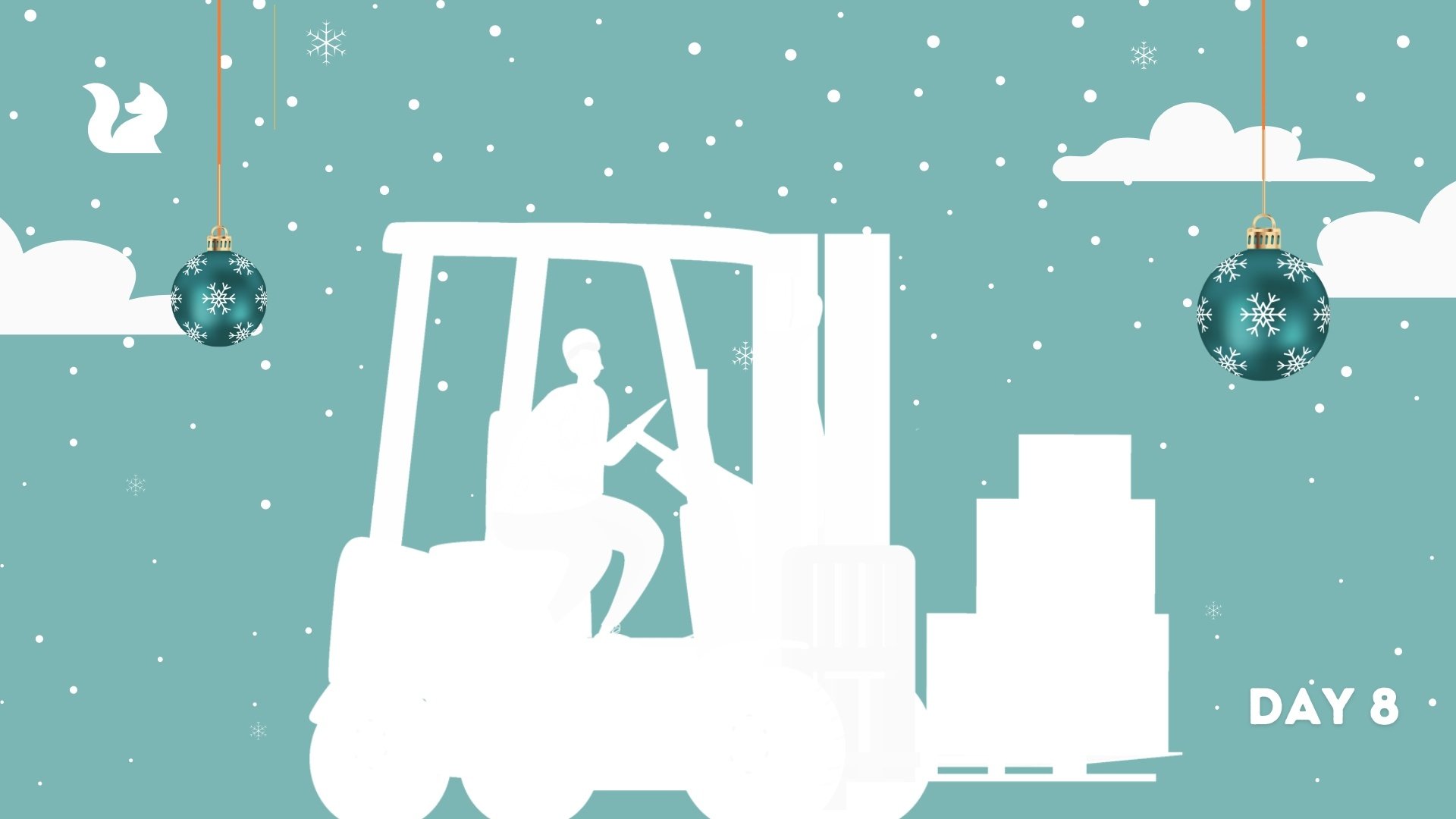12 Days of Logistics: 8 Phases of Order Fulfillment
Order fulfillment is the process of receiving, processing, and delivering products to customers. While that might sound simple, there is much more to...
4 min read
.png) Court Abel
:
Jul 17, 2024 2:08:31 PM
Court Abel
:
Jul 17, 2024 2:08:31 PM
.png)
Product returns are unavoidable for most eCommerce stores. Buying online means taking a bigger risk with your purchase -- you can’t see the product with your own eyes, you can’t touch it, and you can’t try it on. When the product doesn’t match the needs of the customer, they’ll expect a return or exchange alongside a refund. That’s where reverse logistics come in.
Unfortunately, providing reverse logistics is expensive. No matter how efficient your company is, product returns, exchanges, and refunds will almost always result in losses for your business. Even retail giants struggle with reverse logistics, sometimes allowing customers to keep items for free to avoid return shipping costs and efforts.
Operating as an eCommerce-only store compounds this problem, because customers can’t simply drop by the store to return or exchange the product. Instead, they have to package up the item and take it to the post office. They then have to wait until the return is processed before they can receive their money back.
There are hundreds of reasons why a customer may seek a return, exchange, or refund. Most of these reasons fall into one of three groups.
Although the customer is always right, sometimes their reason for returning a product is due to their own mistake. They may have double-clicked “add to cart” and ended up with too many products, or maybe they didn’t double-check their order before submitting.
The customer might say:
While it’s never fun to admit, you will encounter customers who request product returns because of a mistake you or your staff made. Fulfillment moves at a fast pace, and errors are always possible, especially during busy times like the holiday season.
You or your team members might realize:
While mistakes happen on both ends, the most common cause for product returns is that the customer was not provided with enough accurate information about the product. It may have had poor quality photos, no reviews, too brief of a description, or inaccurate sizing information.
The customer might say:
The best way to limit your need for reverse logistics is to help customers make better buying decisions. The good news is that there are a number of relatively simple and affordable ways to create more informed customers and in turn, less need for reverse logistics.
One of the top reasons people return products is that they don’t look like they did in the photos. To avoid product returns and exchanges, you’ll need to invest in high-quality photography and show your products from multiple angles in different contexts.
Video and 3D product photos are expensive, but they can give customers an even better sense of the product and lessen the need for inefficient reverse logistics. While they may be pricey upfront, they can pay for themselves quickly when they reduce product returns and exchanges.
Providing your customer with as much information as possible will help them make an informed decision and minimize the number of returns and exchanges you face. Consider including product information like:
Reviews help you better understand what your customers are looking for in a product. Not only do they help consumers make better buying decisions, but they help you hone your product into something more customers will be happy with.
When it comes to bad reviews, you may be tempted to remove or alter them. However, the best policy is to respond politely and apologetically and get in touch with the customer privately to help them. While their complaint may deter someone else from buying the product, they may also have saved you the hassle of a return or refund.
No one is perfect. But, you can prevent and minimize fulfillment errors by hiring a workforce you trust. You can also opt to outsource to a third-party logistics company. These companies have the time and energy to double-check orders and consistently update their technology for better fulfillment accuracy.
Another reason you may face product returns, refunds, or exchanges is because your users ordered the wrong product due to your website interface. Consider the user experience of your site at every turn, from product pages to checkout and cart.
Product quantities, colors, and other attributes chosen by the user should be clearly displayed and easily editable within the cart and checkout. If you have a high return rate, you may also want to include a final step in your checkout process asking customers to double-check their orders.
If you’ve noticed a huge rise in returns, refunds, and exchanges around the holidays, you’re not alone. Many companies see a huge uptick in return and refund requests at the end of the year because of holiday gifts.
Due to increased product returns around this time of year, you may want to have extra staff on hand to ensure these requests are handled in a timely fashion. A simple and fair eCommerce return policy will prevent hassles for both your customers and your staff.

Order fulfillment is the process of receiving, processing, and delivering products to customers. While that might sound simple, there is much more to...
%20(1).jpg)
In January, there tends to be a rise in reverse logistics due to the high amount of customers who received holiday gifts that they want to exchange...
.png)
It’s an age-old question: how do you price your products to balance consumer needs with profits? While many small business owners create product...